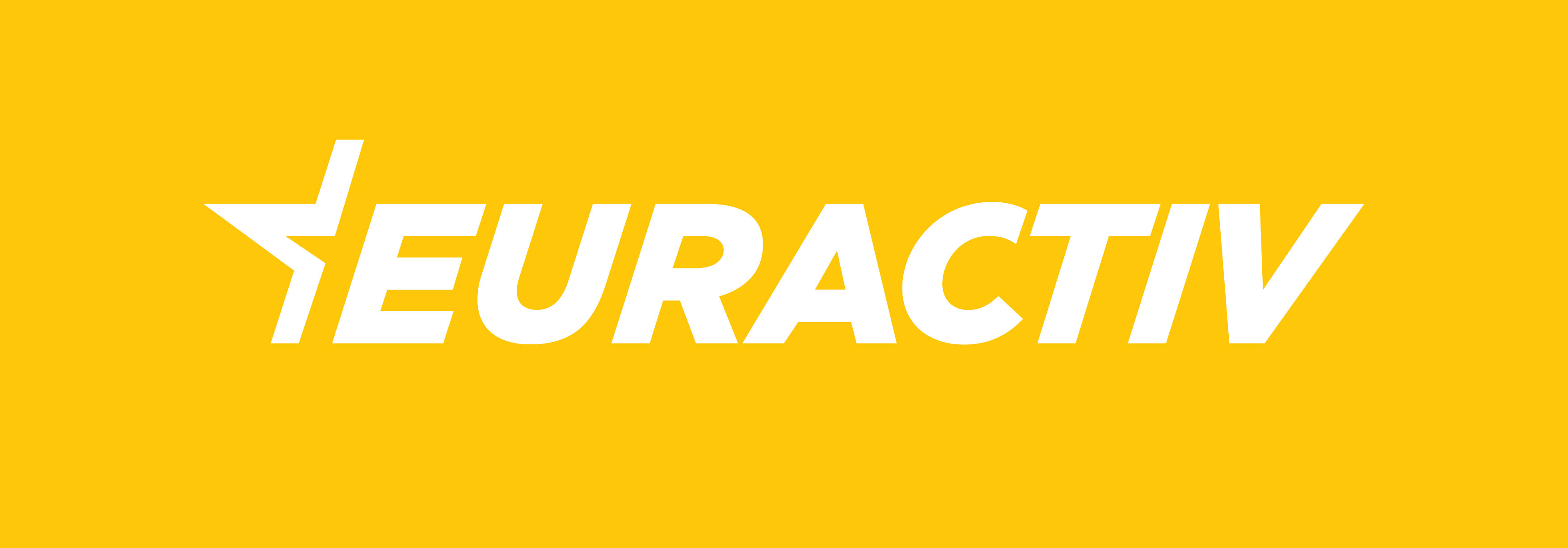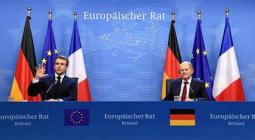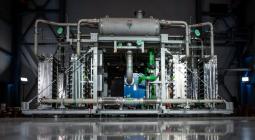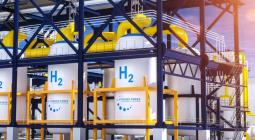What are the challenges and opportunities for a European ‘hydrogen corridor’?
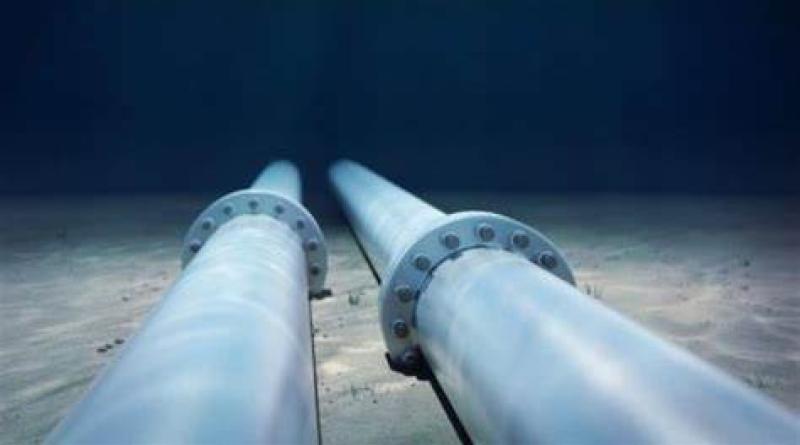
With the aim to become carbon neutral by 2050, the European Commission estimates that gaseous fuels such as hydrogen will make up a fifth of final energy consumption in the EU. By 2030, hydrogen is expected to become widely used in Europe and a hydrogen market will emerge.
Hydrogen is a strategic sector for the decarbonisation and strengthening of Europe’s energy resilience and autonomy. As such, new infrastructure for its transmission and consumption throughout the EU is being planned and developed. However, building infrastructure requires a supportive framework allowing for forward planning and tailored financing mechanisms.
One major project that is being rolled out is H2Med, officially announced by France, Spain and Portugal in December 2022 with the support of the European Commission. In January 2023, Germany announced its willingness to join the project too. Relying on existing infrastructure and new pipelines, H2Med will provide a hydrogen corridor stretching from Portugal and Spain through France towards Germany and other European countries. H2Med will be able to transport around two million tonnes of hydrogen to France each year, accounting for 10% of the EU’s estimated hydrogen needs.
Rewatch this EURACTIV Hybrid Conference to learn about the potential of a European hydrogen corridor stretching from South-Western to Central Europe and the challenges and opportunities of a European hydrogen backbone. What would the infrastructure need to connect supply with demand in the most efficient manner? How can the H2Med project contribute to RePowerEU’s objectives of decarbonisation, building energy security and reindustrialisation? And what are the implications for the entire value chain of hydrogen production, consumption and transportation?
cover photo:flipboard.com
